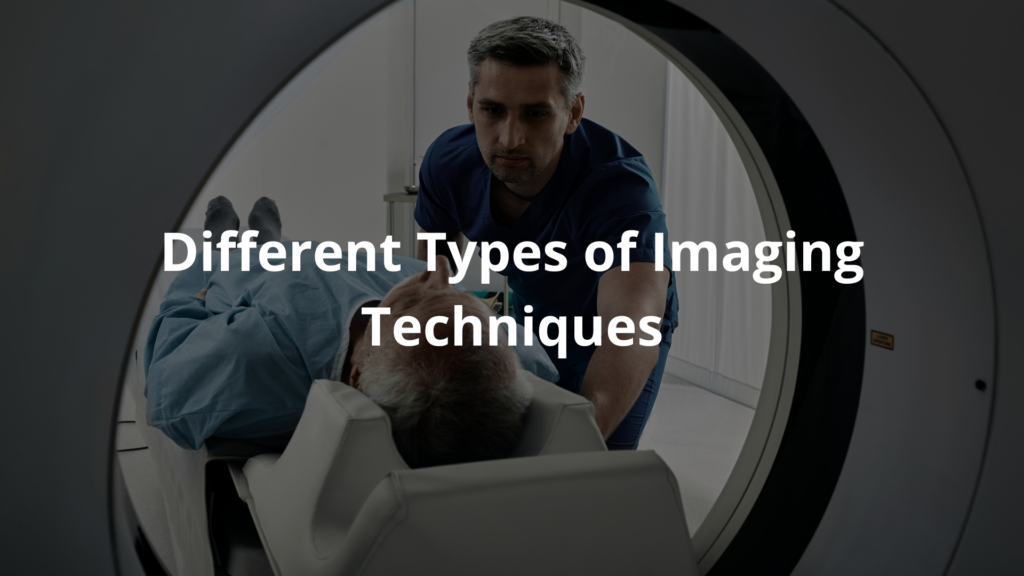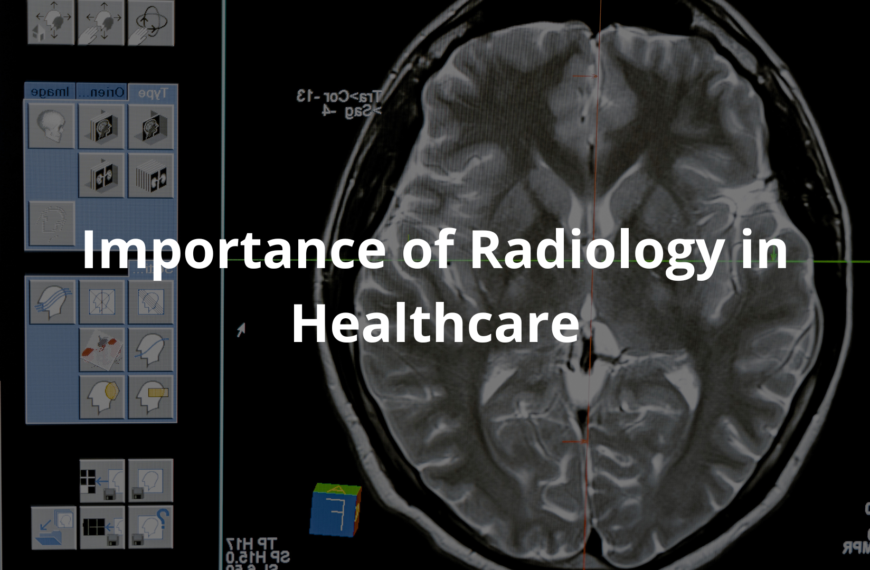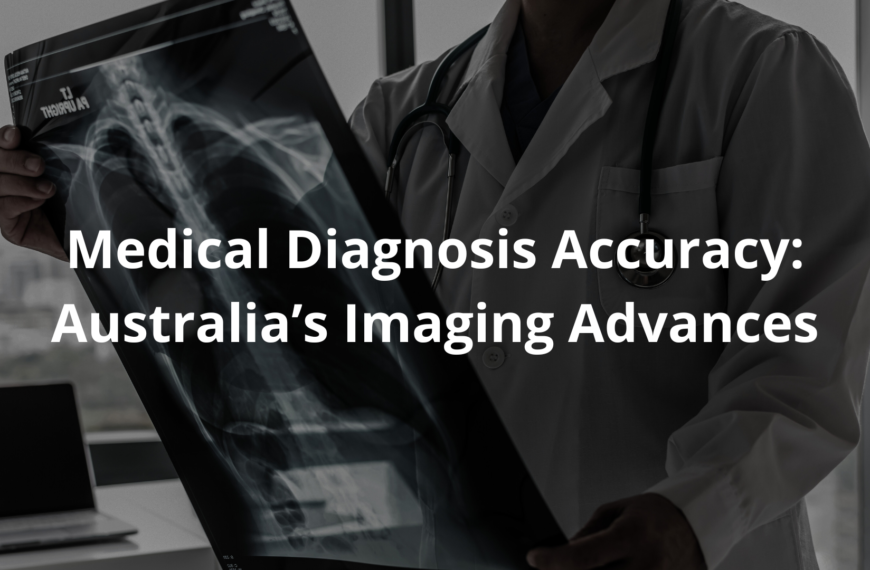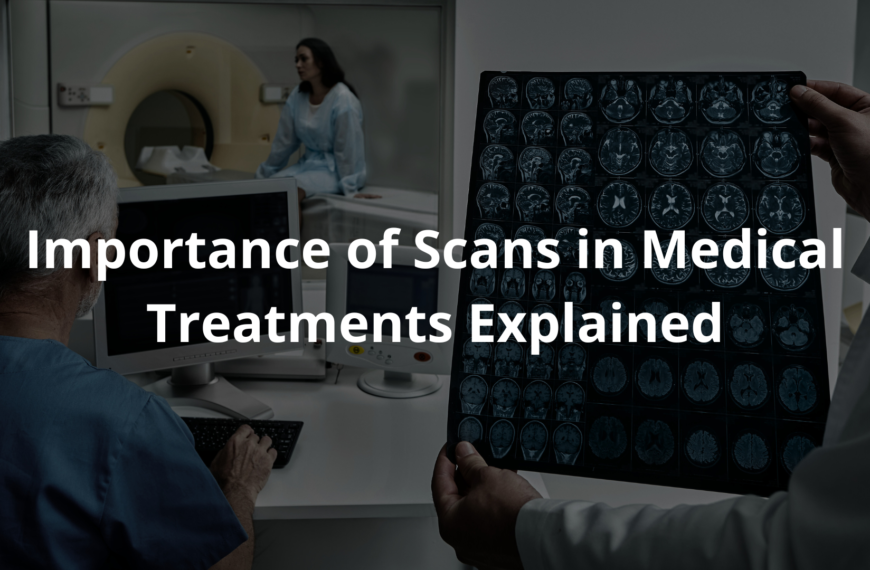Find out how imaging helps detect diseases early, potentially saving lives and improving health outcomes in Australia.
Spotting a disease early can make all the difference. Picture this: a person feels perfectly fine, but inside, something’s quietly starting to go wrong. That’s where medical imaging steps in. Across Australia, doctors rely on tools like CT scans, MRIs, and PET scans to uncover hidden health issues before symptoms even show. It’s like giving the body a voice to tell its story.
These technologies don’t just find problems—they offer a chance to fix them sooner. Keep reading to learn how imaging isn’t just about machines; it’s about saving lives and giving people more time with the ones they love.
Key Takeaway
- Imaging techniques can help detect diseases at their earliest stages.
- Early diagnosis leads to better treatment options and improved survival rates.
- Regular screening programs in Australia use imaging to catch health issues before they become serious.
The Power of Imaging in Early Disease Detection
Imaging techniques are like having a window into the body, letting doctors see what’s happening inside without needing surgery. These tools can spot things like tumours, heart issues, or other health problems that might not show symptoms yet. For example, a CT scan (which stands for computed tomography) can take detailed pictures of the lungs. This can help doctors find lung cancer early, before it becomes dangerous. [1]
Catching diseases early can make a huge difference. The earlier something is found, the better the chances are for successful treatment. Some people don’t even realise they’re sick until it’s too late, but imaging can help change that by spotting problems before they get worse.
Doctors usually suggest imaging tests based on a person’s health history or risks. For instance, if someone has a family history of heart disease, their doctor might recommend a CT scan to check their coronary arteries. This can help find blockages or other issues before they lead to something serious, like a heart attack.
Different Types of Imaging Techniques

There are a few main types of imaging used in Australia, and each one has its own job to do. Here’s a quick look at some of them:
- CT Scans: These use X-rays to take detailed pictures of the body. They’re especially good for finding cancers like lung cancer early on.
- MRI Scans: MRI (magnetic resonance imaging) uses magnets and radio waves to make images. It’s great for looking at soft tissues, like muscles or the brain.
- PET Scans: PET (positron emission tomography) scans show how organs are working, not just what they look like. They’re often used to detect cancer or see how treatment is going.
- DEXA Scans: These measure bone density and are used to find osteoporosis, which can make bones weak and more likely to break.
- Ultrasound: This uses sound waves to create images. It’s commonly used during pregnancy or to check organs like the liver or kidneys.
- Mammograms: These are special X-rays for finding breast cancer early, sometimes even before a lump can be felt.
Each of these techniques has its own strengths, and together they give doctors a full picture of someone’s health.
The Role of Imaging in Cancer Detection
Cancer is one of those illnesses that can feel like it comes out of nowhere. It’s sneaky, showing no signs until it’s already caused trouble. That’s why imaging is so important in finding cancer early. Take mammography, for example—it can pick up breast cancer before a person even notices anything’s wrong. Catching it early makes a huge difference. Survival rates can reach up to 99% when breast cancer is found in its early stages. [2]
In Australia, there’s a program called BreastScreen Australia. It offers regular mammograms to women aged 50 to 69. This kind of organised screening helps women find breast cancer early, even before symptoms show up. And early detection means better treatment options, which can make a big difference in outcomes.
The same idea applies to cancers like prostate and lung cancer. Studies show that CT scans are really effective at spotting these types of cancers early. When doctors can start treatment sooner, the chances of recovery or managing the disease improve a lot.
The Importance of Screening Programs
Australia has some excellent screening programs that use imaging to find diseases before they become serious. These programs make it easier for people to get tested regularly. Some of the key programs include:
- BreastScreen Australia: Focused on early detection of breast cancer through mammograms.
- National Cervical Screening Program: Uses Pap tests and HPV testing to find risks of cervical cancer.
- Bowel Cancer Screening Program: Helps detect bowel cancer risks early with specific tests. [3]
These programs are really important because they encourage people to stay on top of their health. By participating regularly, people can catch potential issues early, which often leads to better outcomes and fewer complications.
Advances in Imaging Technology
Imaging technology keeps getting better, and that’s good news for everyone. New tools and techniques are making it easier to find diseases early. For example, artificial intelligence (AI) is now being used in imaging. AI can analyse images—like 3D scans of skin—faster and sometimes more accurately than the human eye. This is especially helpful for spotting things like melanoma.
Another new method is digital dermoscopy. It lets doctors take a really close look at skin lesions. In a country like Australia, where skin cancer is so common, this kind of technology can save lives. As imaging technology improves, doctors are becoming even better at identifying diseases early, which gives patients more options for treatment.
FAQ
What makes imaging so powerful for finding diseases early?
Healthcare professionals rely on advanced imaging tools like MRI scans and ultrasound imaging to spot diseases right when they start. These imaging technologies snap pictures of what’s happening inside your body, helping doctors catch problems early. When your doctors can see your tissues and organs clearly, they can act quickly – and that can make a huge difference in your chances of survival.
What kinds of scans do doctors use to look inside your body?
There are several ways doctors can peek inside: MRI scans use radio waves to see what’s going on, ultrasound imaging uses sound waves (like a bat!), and DEXA scans check your bone density. Each type of imaging plays a vital role in getting clear, detailed images. The really cool part is that molecular imaging can even show metabolic activity – basically, how active different parts of your body are.
Why is it so important to get tested early, especially for cancer?
When you use imaging services for early testing and cancer screening, your healthcare providers can spot things like prostate cancer before it becomes a big problem. Finding cancer in its early stage often means you won’t need as many invasive procedures. This early intervention can make a pivotal role in helping you stay healthy and maintain your quality of life.
How do doctors use imaging to check your brain and spinal cord?
Advanced imaging helps doctors spot neurological disorders like multiple sclerosis by taking detailed images of your spinal cord and brain. This imaging data helps healthcare systems catch problems early when treatments work best. Imaging plays a crucial role in watching how conditions change and planning the best treatment path.
Are there any risks to getting imaging done?
While imaging equipment is super important for public health and detecting diseases, there are things to think about, like radiation exposure from some scans. Your healthcare providers look at your individual risk before suggesting specific imaging services. They use a case study approach to pick the best type of scan based on what you need for the best patient care.
How do hospitals use imaging to check for serious heart problems?
Imaging is a game-changer for finding and tracking serious issues like coronary artery disease and other life threatening conditions. The power of early detection through imaging technologies helps healthcare professionals catch potential health problems before they get worse. These imaging services are changing the way we diagnose conditions – and that’s making a real difference in people’s lives.
Conclusion
Catching diseases early with imaging saves lives. Tools like CT scans, MRIs, and mammograms spot problems before they get worse. Screening programs and better technology mean doctors can help more people stay healthy. Regular check-ups and scans matter—especially if you’re at risk. Talk to your doctor if you’re worried or unsure. Early detection makes a big difference. It’s about staying ahead, looking after yourself, and giving yourself the best chance for a healthy life.
References
- https://www.oncologysystems.com/blog/the-crucial-role-of-diagnostic-imaging-in-early-disease-detection/
- https://www.carescan.com.au/the-role-of-imaging-in-detecting-silent-diseases-early/
- https://www.health.gov.au/sites/default/files/documents/2019/09/population-based-screening-framework_0.pdf




